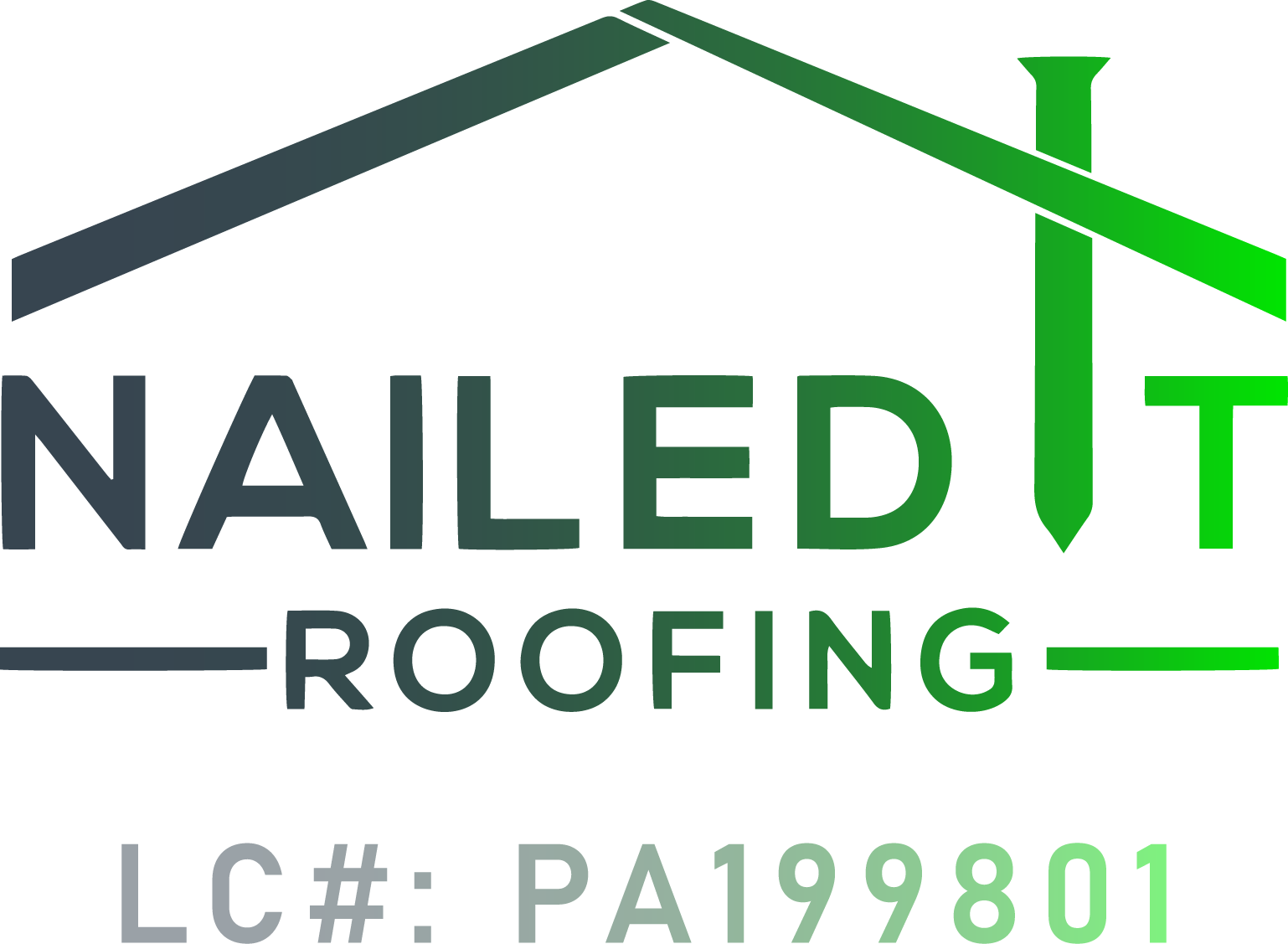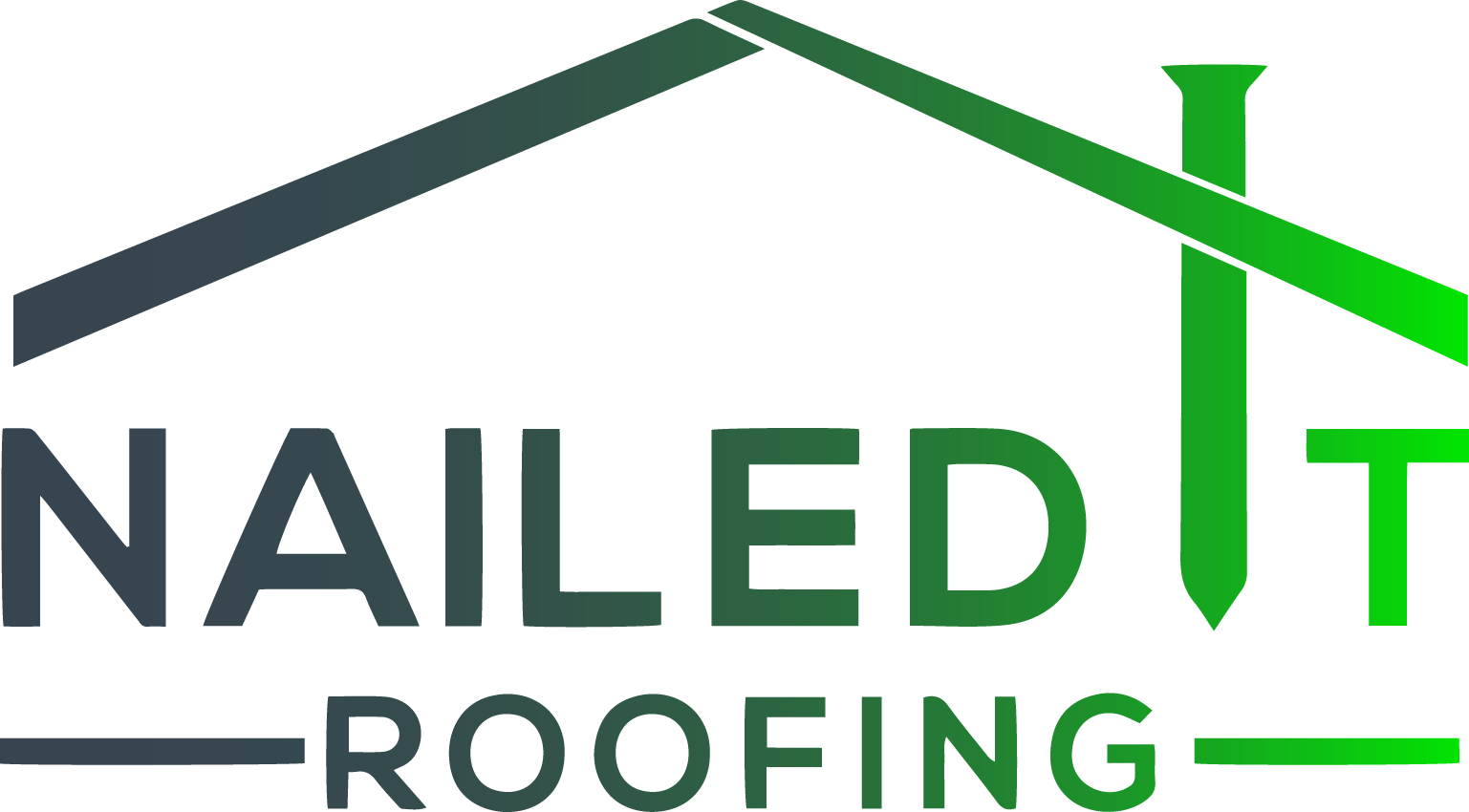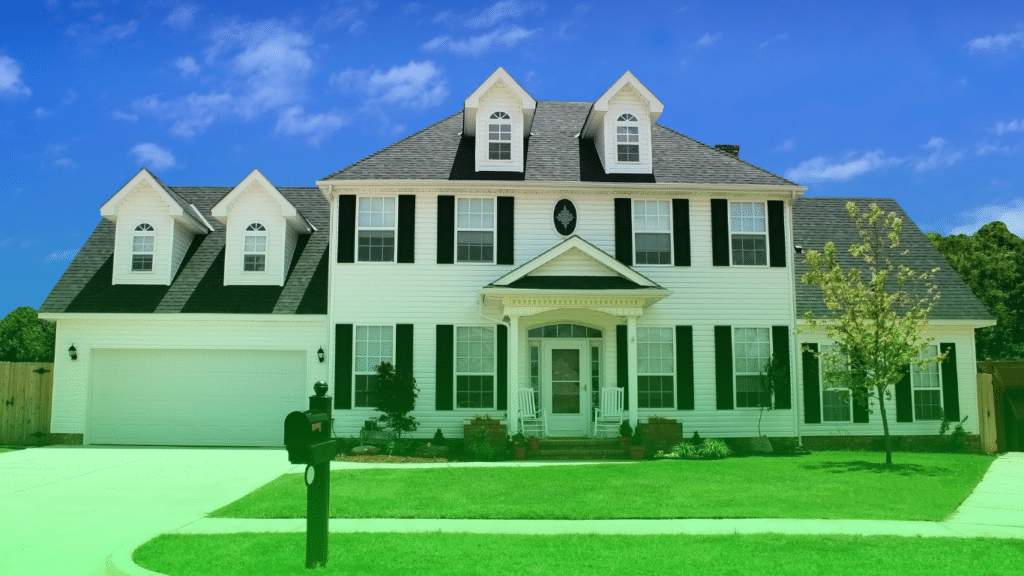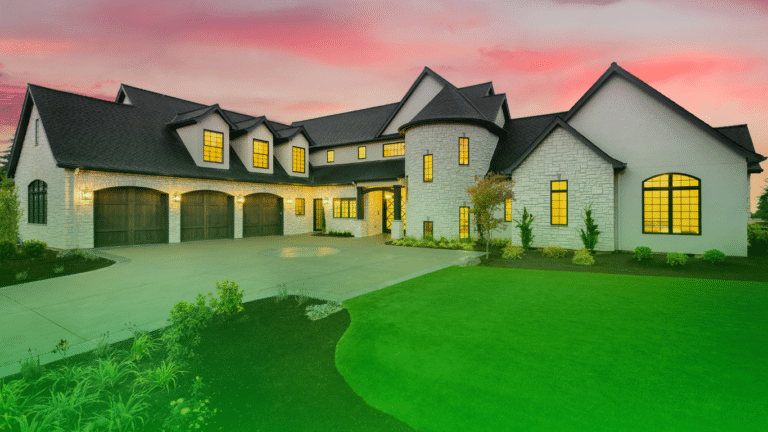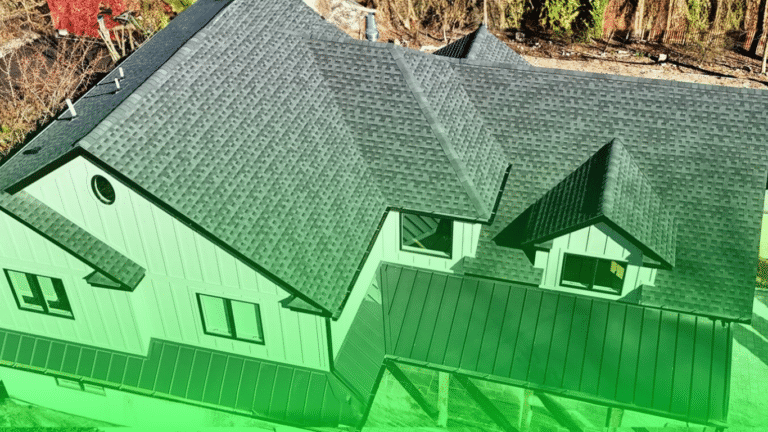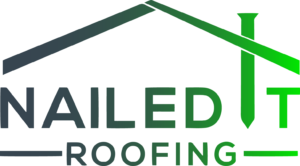Your roof is your home’s first line of defense against the elements — but it doesn’t last forever. Whether it’s from age, storm damage, or simple wear and tear, every roof has an expiration date.
If you’re unsure whether it’s time for a replacement, here are 10 common signs that your roof might be due for a professional inspection — and possibly a full replacement.
1. Your Roof Is 20+ Years Old
Most asphalt shingle roofs last 15 to 30 years. If yours is over two decades old, it may be nearing the end of its lifespan — even if it looks okay from the street.
2. You See Curling or Buckling Shingles
If your shingles are curling at the edges or look warped, it means they’re deteriorating and can no longer protect your home the way they should.
3. Shingles Are Missing
One or two missing shingles might not be a huge issue — but when entire patches are gone, your roof’s waterproof barrier is compromised and you’re at risk for leaks.
4. You Spot Granules in the Gutters
As shingles age, they lose their granules — the small, sand-like coating that protects against the sun. If your gutters are full of granules, your shingles may be breaking down.
5. You Notice Water Stains on Ceilings or Walls
Water stains inside your home often signal that moisture is coming through the roof. Even if the leak seems minor, it can lead to mold, rot, and bigger repair bills later.
6. Daylight is Visible in Your Attic
If you can see sunlight peeking through your attic boards, rain and cold air can get in too. This usually means the underlayment has failed, and it’s time for a new roof.
7. Sagging or Uneven Roof Lines
A droopy or warped roofline is a serious warning sign. It could be caused by rot, structural issues, or moisture weakening the internal decking of your roof.
8. Moss, Mold, or Algae Growth
Moss looks pretty — but it traps moisture on your roof, which can weaken the structure. If left untreated, it can speed up shingle decay and roof damage.
9. Energy Bills Are Going Up
A failing roof can mess with your home’s insulation, causing heating and cooling costs to spike. If your energy bills have crept up and your roof is aging, it might be time for a replacement.
10. Storm Damage
After a big storm — especially one with hail or high winds — it’s smart to get your roof checked. Even if there’s no visible damage, unseen issues can lead to problems later.
🧰 What Should You Do Next?
If you’re experiencing any of these issues, don’t panic — but don’t wait either. Ignoring early warning signs can lead to major (and expensive) problems down the line.
At Nailed It Roofing, we offer free inspections and honest assessments so you can make an informed decision. Whether you need a full replacement or just a few repairs, we’ve got you covered.
📞 Call us at (267) 777-8221 or schedule your free roof inspection today.
Frequently Asked Questions
How long does a roof replacement usually take?
Most standard residential roofing jobs are completed in 1 to 2 days, depending on weather conditions and the size of your roof.
Can I live in my home while the roof is being replaced?
Yes. While it might be noisy during the day, there’s typically no reason to vacate your home during a standard roof replacement.
What’s the difference between a roof repair and a roof replacement?
A repair addresses specific problem areas (like a leak or damaged shingles), while a replacement involves removing and installing a brand-new roofing system across the entire structure.
How much does a new roof cost?
Roof replacement costs depend on the size of your home, the materials used, and the complexity of the installation. Prices typically range between $5,000 and $15,000 for asphalt shingles.
Does homeowners insurance cover roof damage?
Yes — if the damage is caused by a covered event like a storm, wind, or hail. Wear and tear or aging typically isn’t covered.
How often should I have my roof inspected?
It’s recommended to inspect your roof at least once per year, and after any major storm. Regular inspections can prevent small issues from becoming costly repairs.
Can you install a new roof over my old one?c
In some cases, yes. However, most roofing professionals recommend a complete tear-off to properly inspect the decking and ensure long-term performance.
What is flashing and why is it important?
Flashing is metal material installed around chimneys, vents, and valleys to direct water away from seams. It’s critical in preventing leaks in vulnerable areas.
What are the most common causes of roof leaks?
Missing or cracked shingles, damaged flashing, clogged gutters, and improper installation are among the most common causes of roof leaks.
Do you offer warranties on your roofing services?
Yes. Most reputable roofing companies offer a combination of manufacturer warranties (on materials) and workmanship warranties (on labor). Always ask for specifics during your estimate.
